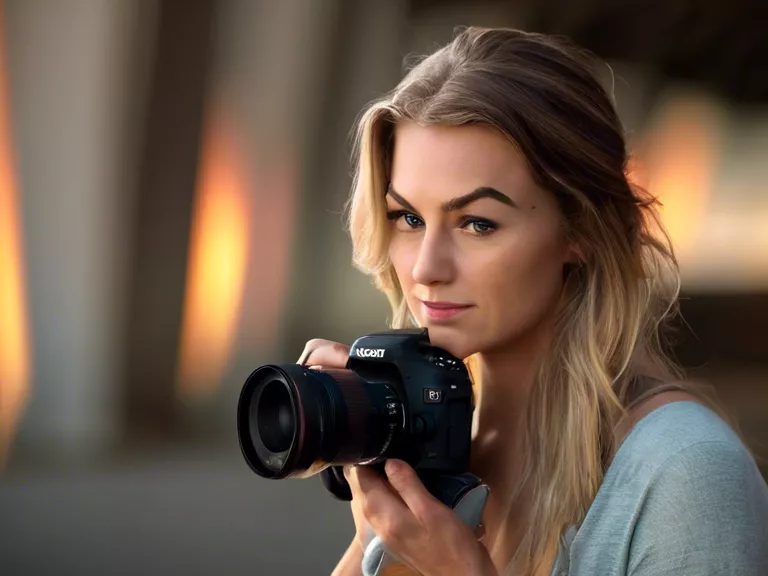
Lighting conditions can significantly affect the outcome of your photographs. To ensure you capture the best images, it's essential to adjust your camera settings accordingly. In this article, we will explain the best camera settings for different lighting conditions to help you take stunning photos every time.
Daylight
- ISO: Keep your ISO low to maintain image quality and prevent noise.
- Aperture: Use a narrow aperture (higher f-stop number) for sharp and detailed images.
- Shutter Speed: Adjust your shutter speed to balance exposure and avoid overexposed photos.
Golden Hour
- ISO: Keep a moderate ISO setting to capture warm tones and rich colors.
- Aperture: Experiment with a wide aperture (lower f-stop number) to create a soft, dreamy effect.
- Shutter Speed: Use a fast shutter speed to freeze motion and avoid blur during the golden hour.
Overcast
- ISO: Increase your ISO slightly to compensate for reduced light levels.
- Aperture: Opt for a mid-range aperture to maintain depth of field in overcast conditions.
- Shutter Speed: Adjust your shutter speed to prevent underexposure and capture details in low light.
Nighttime
- ISO: Use a higher ISO setting to capture light in low-light conditions without introducing too much noise.
- Aperture: Choose a wide aperture for nighttime photography to let in more light and create beautiful bokeh effects.
- Shutter Speed: Experiment with long exposure times to capture the movement of lights in the dark.
By adjusting your camera settings based on the lighting conditions, you can enhance the quality and visual appeal of your photographs. Remember to practice and experiment with different settings to find the perfect combination for each situation.



